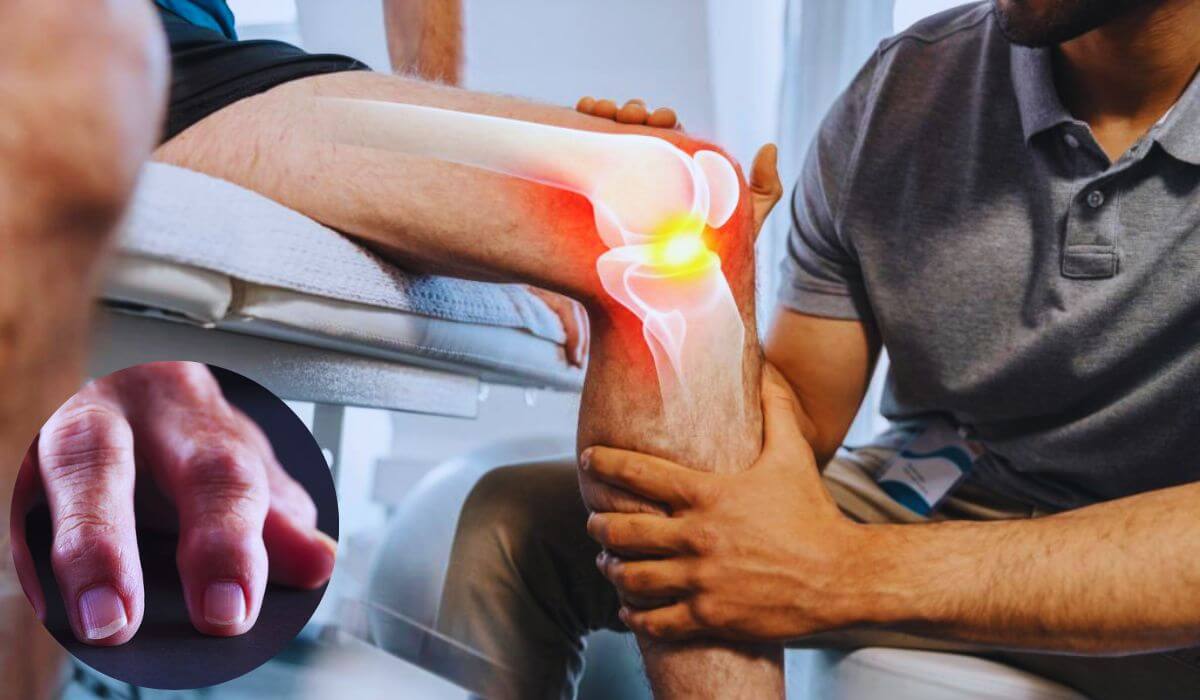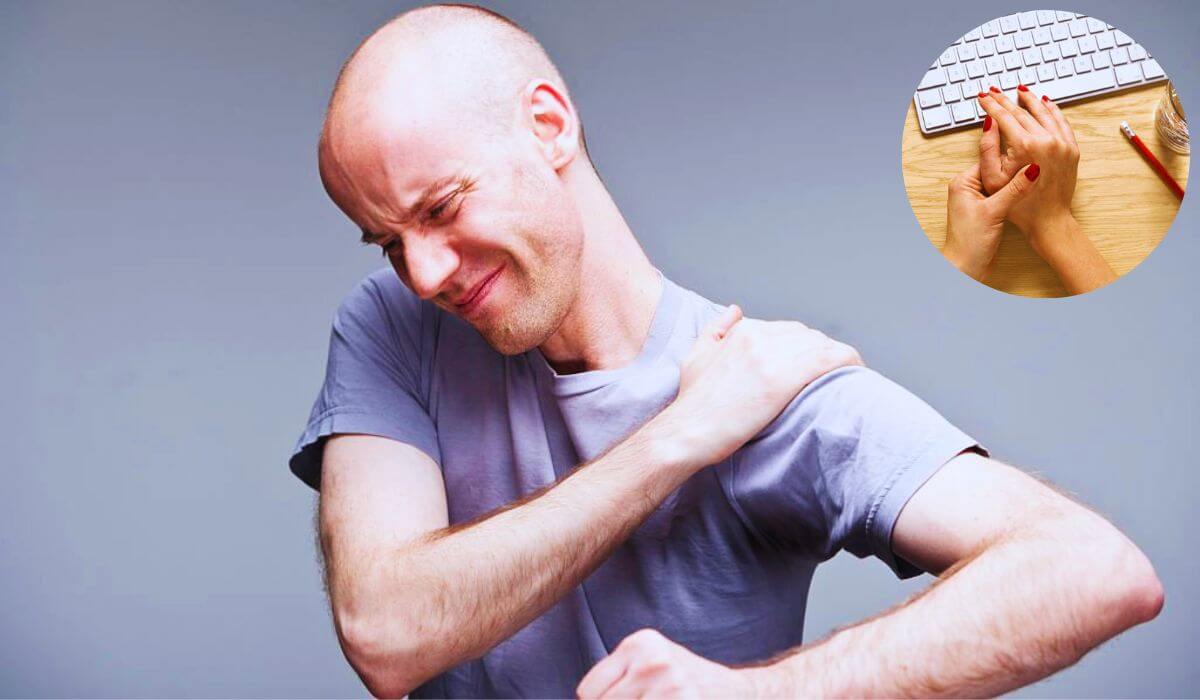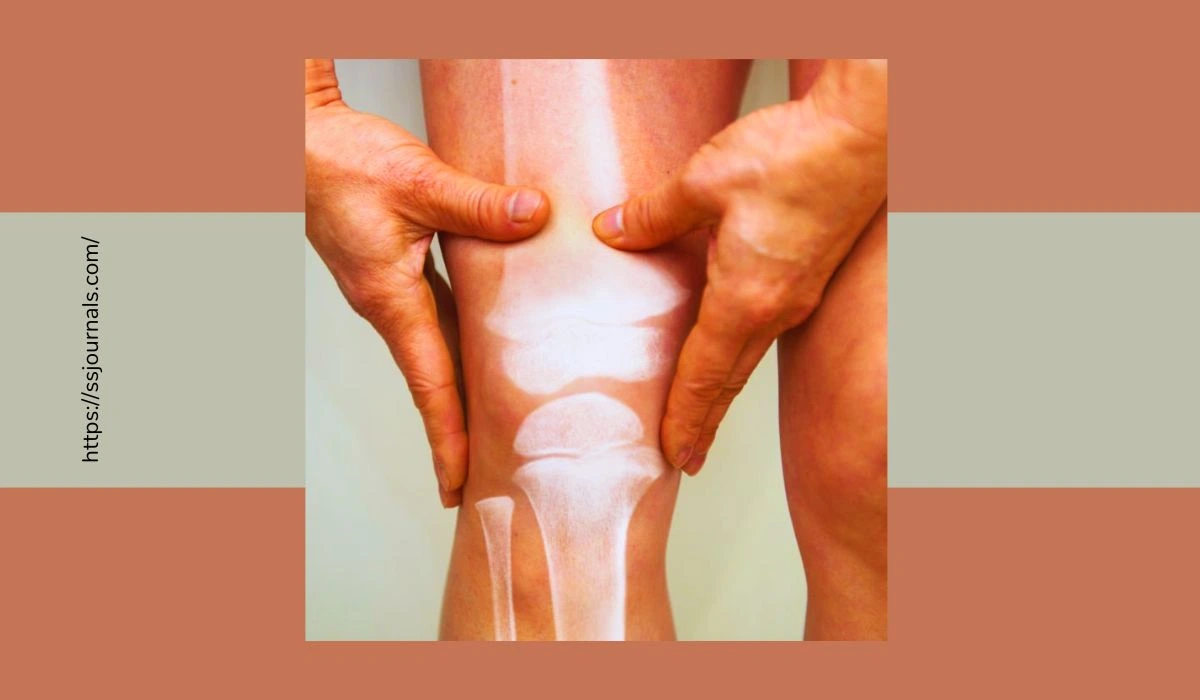Osteophytes, commonly known as bone spurs are small, smooth projections that are formed at the ends of the bone, most often at the places where two bones meet or joints.
These spurs are usually formed on your hands, shoulders, neck, spine, hips, knees, and heels of feet.
Often these spurs won’t be much of a problem maker. But if they happened to rub against other bones or exert pressure on nerves, one might experience stiffness or even pain.
Osteoarthritis is a condition caused due to the prolonged wear and tearing of the joints.
Osteoarthritis usually develops as people reach old age, but it can develop earlier on in life if the joints were badly affected due to some injuries or any other causes.
Risk Factors Of Bone Spurs
A universal risk factor is aging. As we age bones, muscles, joints, and even tissues grow weaker and the body’s effort to combat the loss often results in the growth of these spurs. And over the years all joints will go through wear and tear.

Your susceptibility increases if you were born with structural problems like scoliosis. Hereditary factors also play a part in the risk. If your parents had them, there’s a greater chance you will have them too. Additionally, poor posture poses a threat.
In joints that are affected by arthritis, cartilage; a flexible tissue that connects and supports the bones in a joint, wears out.
The body will try to repair the damaged cartilage but sometimes new bone growths emerge in the place of cartilage causing the formation of spurs.
In the spines, there are soft disks that cushion the vertebrae, with long-term use these disks wear down causing them to be a lot thinner than they should be, making them even more susceptible to the formation of bone spurs.
Are Bone Spurs Painful?
As told before most of the time, bone spurs may not manifest painful symptoms. It is only noticeable if they form around the finger joints, giving your fingers a little knotted appearance.
Among the population of age 60 and older, only 40 percent experience painful bone spurs symptoms that might need medical attention.

When these spurs are formed in the knee, one might find it difficult to straighten their leg. These spurs can even form on your shoulder, which might result in an irritant rotator cuff and cause swelling in addition to pain.
The bone spurs formed in hips can also be painful which might be restricting movement.
The spine is also a common site for the growth of bone spurs. If these spurs were formed inside the vertebra, there is a possibility of these spurs pressing against the spinal cord or the roots of the nerves.
That might not result just in pain but can also manifest as numbness in your back, arms, and legs.
If you suffer from pain or stiffness in any joints that do not improve their conditions within a day or two, it is advised to consult a medical practitioner.
It might be bone spurs or any other conditions, but it is always better to take precautions and diagnose the exact condition.
An early diagnosis and effective treatment of bone spurs will reduce the extent of the damage they can cause. Doctors will likely use X-rays to look for any changes in the structure of your bones.
If at all the pain and swelling in a joint is not subsiding the probability of the condition being Osteophytosis might be confirmed after discussing it with your doctor.
Joint Genesis is one of the best joint health support supplements available that follow strict industry standards for precise doses and guaranteed effectiveness.
🟢 Read the Complete Joint Genesis review
Tips To Prevent Bone Spurs
Proper fitting shoes that provide more support are encouraged for the spurs in feet. Massages might also help for this spot because it increases the blood flow.
Proper rest and application of ice packs will also soothe the condition. Physical therapy will also help.
For the pain caused, one can try some pain relievers like acetaminophen (Tylenol) Ibuprofen (Advil, Motrin), or Naproxen sodium (Aleve).
But these medicines come with side effects if consumed in larger quantities over a longer period.
Usually, a good rest or steroid shots to diminish swelling or physical therapy to improve the conditions of the strength of the joints and increased movement.
If the condition of the spur is beyond repair, then your doctors will suggest surgically removing the extra growth.
Prevention is always better than cure. So this article will conclude with some tips to prevent these spurs.
However, there’s a reminder that these spurs cannot be prevented if the cause is the natural wear and tear of arthritis.
Start with a good choice of shoes. Wear those kinds which have a wide toe box, good arch support, and enough cushioning.
It’s suggested to get your shoes fitted by a professional so that they won’t rub against your feet while walking.
Be mindful of your diet and take in a well-balanced one, which is rich in calcium and vitamin D. Exercises are also suggested, especially weight-bearing ones. Trying to maintain a healthy weight will also aid in prevention.

